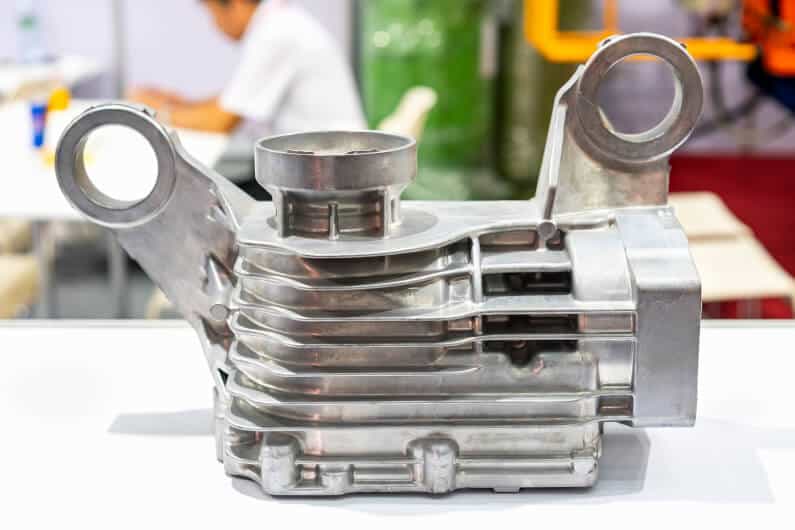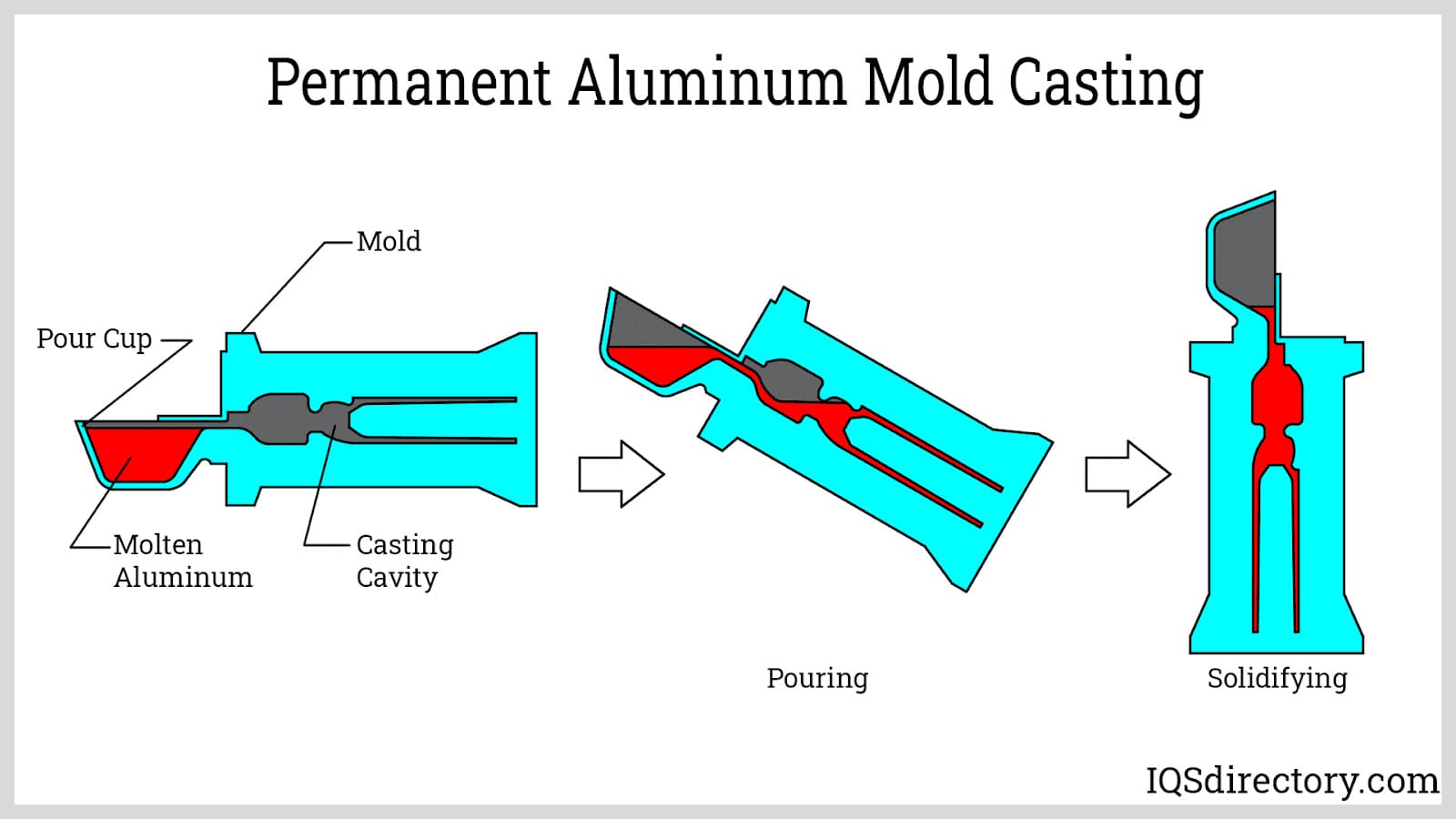A Biased View of Stahl Specialty Company
A Biased View of Stahl Specialty Company
Blog Article
The Best Strategy To Use For Stahl Specialty Company
Table of ContentsFacts About Stahl Specialty Company RevealedThe smart Trick of Stahl Specialty Company That Nobody is Talking AboutThe Ultimate Guide To Stahl Specialty CompanySome Known Details About Stahl Specialty Company Stahl Specialty Company Things To Know Before You Get ThisThe Single Strategy To Use For Stahl Specialty Company

If you're designing a metal item, you've likely taken into consideration making use of light weight aluminum as the base product. It has a high strength-to-weight proportion, excellent deterioration resistance, good formability, and aesthetic allure. These factors have actually led to its boosted appeal recently. Pure light weight aluminum has restricted applications, so it is commonly combined with various other components, such as silicon, magnesium, and manganese to form alloys.
Various components and quantities produce a wide range of desirable physical and chemical properties. And the Aluminum Association (AA), based in North America, has actually developed requirements that regulate light weight aluminum alloys' composition, properties, and language. There are 2 sorts of aluminum alloys wrought and cast. Shop employees create these alloy types in different ways, which dramatically influences their characteristics.
Stahl Specialty Company for Dummies
Cast aluminum alloys are made by thawing pure aluminum and combining it with other steels while in liquid kind. Then the mix is poured right into a sand, pass away, or investment mold and mildew. After solidification, the steel is eliminated from its mold. At this phase, it is in either its final form or as a billet or ingot for further handling.

For instance, 160.0 stands for a cast with a minimum of 99.60% light weight aluminum. The 4th figure, which follows the decimal factor, defines if the alloy is a spreading (xxx. 0) or an ingot (xxx. 1). Wrought light weight aluminum alloys likewise start by incorporating molten light weight aluminum with various other steels. Unlike cast alloys, nevertheless, they are formed right into their final shape through processes such as extrusion, rolling, and flexing after the steel has solidified into billets or ingots.
There are lots of small distinctions in between wrought and cast light weight aluminum alloys, such as that actors alloys can consist of extra substantial amounts of various other steels than functioned alloys. Yet the most notable difference in between these alloys is the manufacture process via which they will most likely to provide the final item. In addition to some surface area treatments, cast alloys will certainly exit their mold and mildew in virtually the exact solid kind preferred, whereas functioned alloys will certainly undertake numerous modifications while in their solid state.
If you believe that a wrought alloy may be the very best for your task, have a look at several of our posts that clarify even more regarding certain wrought alloys, such as Alloy 6061 and Alloy 6063. On the other hand, if you think an actors alloy would certainly be much better for you, you can learn more concerning some cast hop over to here alloys in our Alloy 380 and Alloy 383 posts (coming soon).
How Stahl Specialty Company can Save You Time, Stress, and Money.
When picking a light weight aluminum factory for your production demands, it's vital to study numerous factors. One of the most important elements to consider is the experience and proficiency of the factory. aluminum foundry. Choosing a factory who has the best understanding of the light weight aluminum spreading procedure, and the profile to show for it, helps to have a successful outcome for your project
Having the experience and sector knowledge to craft your spreadings for optimal manufacturing and quality outcomes will certainly simplify the project. Making light weight aluminum castings requires a complicated set of procedures to attain the ideal outcomes. When picking a new light weight aluminum shop to companion with, ensure they have considerable market experience and are well-informed regarding all elements of the light weight aluminum casting procedure: style, manufacturing, material analysis, and item screening.
The foundry ought to additionally have a proven record of supplying outstanding items that satisfy or exceed customer expectations. Quality control ought to additionally go to the top of your listing when choosing an aluminum shop. By working with a qualified factory that adheres to the requirements for quality control, you can protect the honesty of your product and ensure it fulfills your specifications.
By selecting a company that uses services that meet or surpass your product demands, you can be sure that your task will certainly be finished with miraculous accuracy and performance. Certain aluminum foundries concentrate on specific sorts of manufacturing procedures or casting methods. Various components need various manufacturing strategies to cast aluminum, such as sand casting or pass away casting.
Stahl Specialty Company Things To Know Before You Get This
Die spreading is the name given to the process of producing complicated metal parts via use of molds of the part, also known as dies. It creates more elements than any type of other procedure, with a high degree of precision and repeatability. There are three sub-processes that drop under the group of die spreading: gravity die casting (or irreversible mold spreading), low-pressure die spreading and high-pressure die spreading.
No matter of the sub-process, the die spreading process can be broken down into 6 actions. After the purity of the alloy is tested, dies are developed. To prepare the craves casting, it is necessary that the passes away are clean, to make sure that no deposit from previous productions continue to be. After cleansing, the ejection lubrication is used to the die to guarantee a smooth release.
The Ultimate Guide To Stahl Specialty Company
The pure metal, likewise known as ingot, is added to the heating system and maintained the molten temperature of the metal, which is after that transferred to the injection chamber and infused into the die. The pressure is then kept as the steel strengthens. As soon as the metal strengthens, the cooling procedure begins.
(https://www.avitop.com/cs/members/stahlspecialc.aspx)
The thicker the wall of the component, the longer the cooling time due to the quantity of indoor metal that also requires to cool. After the element is totally cooled down, the die halves open and an ejection device presses the element out. Following the ejection, the die is shut for the next injection cycle.
The flash is the additional product that is cast throughout the process. Deburring eliminates the smaller pieces, called burrs, after the trimming procedure.
Examine This Report on Stahl Specialty Company

Zinc is one of the most used alloys for die casting due to its reduced price of raw materials. Its corrosion resistance likewise enables the elements to be long enduring, and it is one of the much more castable alloys due to its lower melting factor.
As mentioned, this alloy is just one of one of the most frequently used, yet manufactures will, at times, choose aluminum over zinc as a result of aluminum's manufacturing benefits. Light weight aluminum is extremely affordable and one of the a lot more versatile alloys. Light weight aluminum is used for a variety of different items and markets anything from home window frameworks to aerospace products.
Report this page